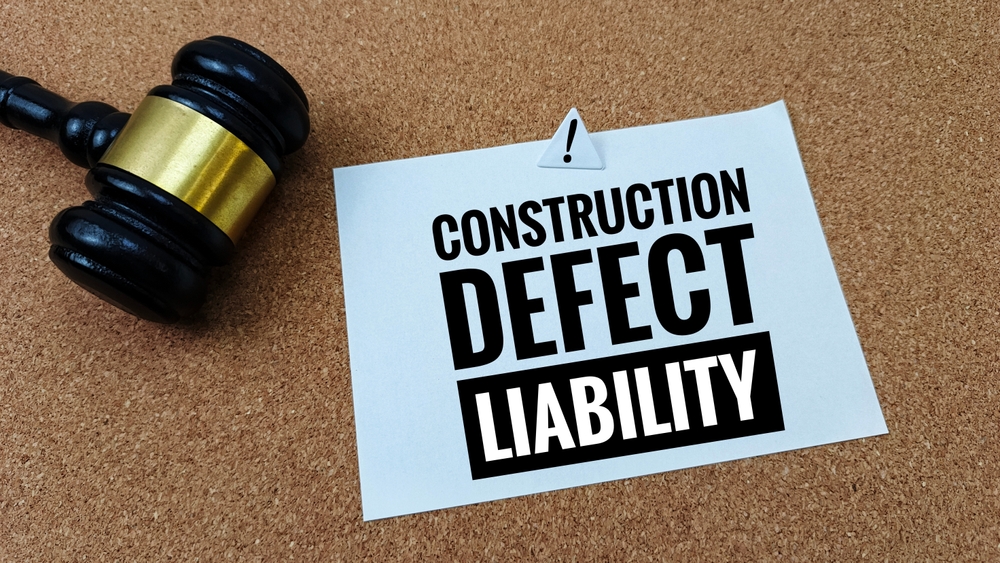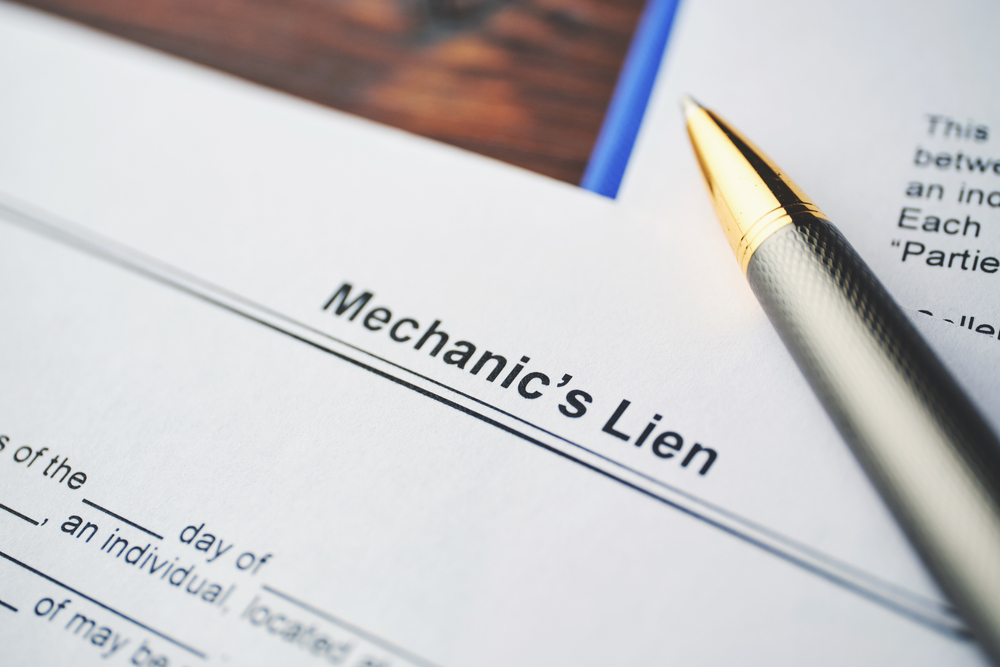

If you have ever received a demand letter from an attorney, you have probably felt that sick feeling in the pit of your stomach. Thoughts like how much money and time this is going to cost and what it will do to your reputation have probably raced through your mind. It’s a horrible feeling. Yes, receiving a demand letter is not fun, but the worst thing you can do is ignore the letter. It is important to understand what a demand letter is and what it means to an attorney to avoid expensive litigation down the road and any further issues.
To an attorney, the demand letter is Exhibit A in the lawsuit against you. It gives you a chance to resolve the issue, and if it is ignored, the opposing attorney will present that you are the whole reason a lawsuit had to be filed and that you are in litigation, to begin with. Your construction business depends on understanding these crucial steps. So, what should those next steps be after receiving the letter?
When you receive a demand letter, the first thing you should do is create a written timeline of the entire event. It doesn’t matter if it is handwritten or typed, but a record needs to be created while it’s fresh in your mind. It is amazing how quickly the fine details can fade from your memory. Once your timeline is created, gather all of the documents or other evidence that will back up your timeline of events. This can be the construction contract, pictures, text messages, emails, written or recorded statements from any employee or subcontractors that were involved.
Once you’ve compiled all the information, it is time to present it to your construction attorney. After your attorney reviews the demand letter, your timeline, and other supporting evidence, they should be able to give you an idea about your potential exposure and some ideas on how to mitigate your risk. If you have an attorney drafting your response, request that they send it to you to review before it is sent out to make sure nothing was missed. Your timeline with supporting evidence becomes your first part of the response. The second part of a response to a demand letter is your response to their actual demand.
At The Cromeens Law Firm, we have extensive knowledge and understanding of construction contract laws and are licensed in Texas, Louisiana, Georgia, and California. We are often able to solve contract disputes for our clients through informal negotiations, mediation, or arbitration. Work with us to equip yourself with the ability to properly evaluate your risks before you sign and negotiate your next subcontract with greater confidence and ease.
The first part of your response is to tell them why they are not entitled to everything they demand. This part is where you offer something to try to resolve the issue or list the reasons for your demand from them. When you get to this part of the letter, you need to put your pride aside and think of what is best for your business. Yes, this person can be 100% wrong, but think about what this could cost you in time and attorney fees to deal with this issue. So even though it feels like it goes against every fiber of your being, it would be in your best interest to offer them something. This is not because they are right, but because it’s not worth your time or money to have to litigate this issue.
Another thing this offer will do is take away the Exhibit A effect. Now, it can’t be said that you are the reason you are in litigation, because you did everything you could do to try to resolve this issue before it went to court. It puts the blame on them, and they are now the “unreasonable ones” who did not accept your offer. You have successfully flipped the tables and taken power out of the demand letter. If you want it to look even more reasonable, make your offer and then request if your offer is rejected that the parties go to mediation before they file a lawsuit against you.
We know in some situations that it is not possible to make an offer to settle the matter. If this happens, remember to tell your side of the story as clearly as possible with as much evidence as you can provide. The worst thing you can do is not respond at all. If you ever find yourself in a situation like this, call your friendly construction litigation attorney at The Cromeens Law Firm.
Karalynn Cromeens is the Owner and Managing Partner of The Cromeens Law Firm, PLLC, with over 17 years of experience in construction, real estate, and business law. A published author and passionate advocate for contractors, she has dedicated her career to protecting the businesses her clients have built. Karalynn is on a mission to educate subcontractors on their legal rights, which inspired her books Quit Getting Screwed and Quit Getting Stiffed, as well as her podcast and The Subcontractor Institute.

